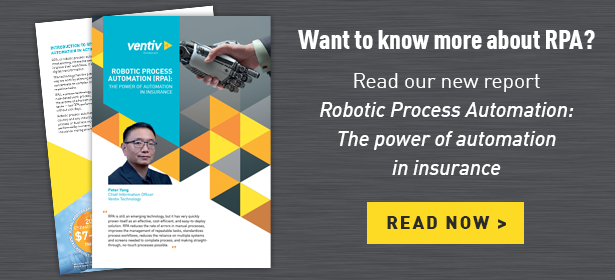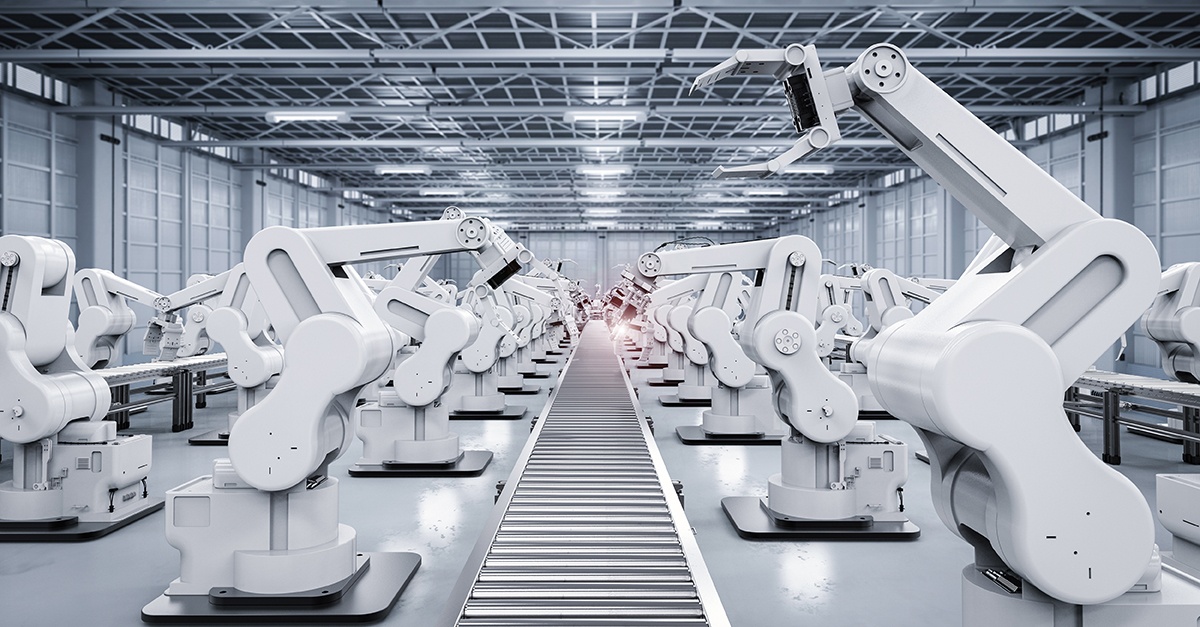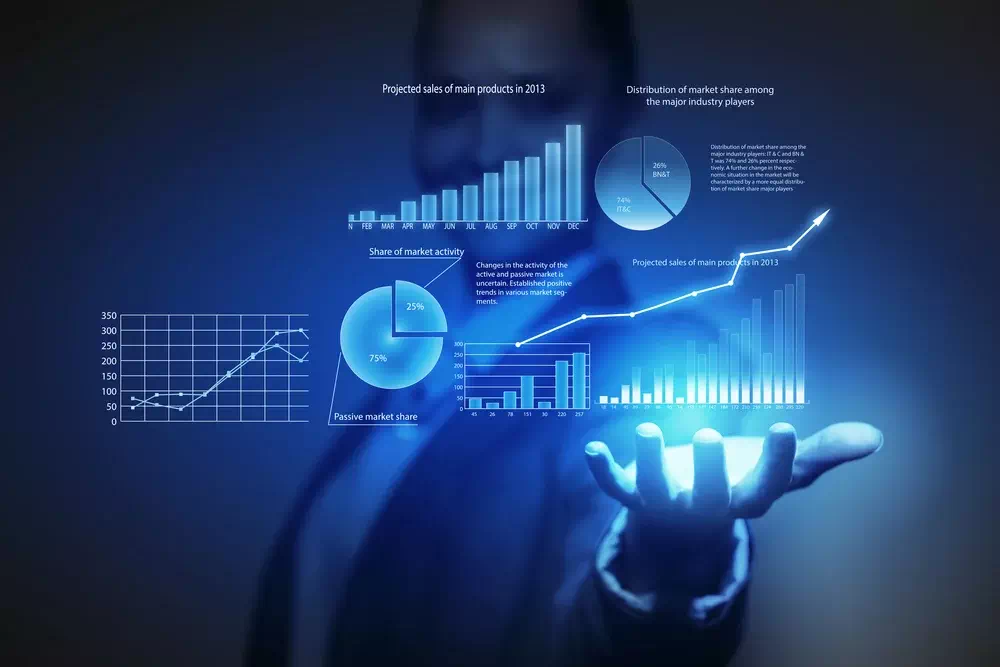The digital world is transforming at a rapid pace, bringing with it some exciting and revolutionary changes to the way in which businesses work. One of the most powerful technological transformations of more recent years is Robotic Process Automation (RPA).
What is RPA?
In basic terms, it’s the application of a rules-based and structured software that is set up to perform automated processes, tasks and transactions that take up valuable time from your skilled workers (Ventiv Technology).
A benefit of RPA is that it can undertake any automatic process by mirroring the work a person usually performs. By enlisting RPA you’ll be able to streamline everyday operations and reduce business costs, all whilst lowering the risk of data processing issues – those annoying human errors that can sometimes come at quite a cost to your business and reputation.
Read more: Robotic Process Automation
What is a bot / robotic worker?
Contrary to what it may sound like, a bot or robotic worker is not an actual humanoid robot sitting at a desk taking over our ‘human’ jobs. It’s a product of artificial intelligence that you program via rules within software to perform repetitive tasks. RPA uses software (often referred to as a ‘robot’ or shortened to ‘bot’) that works with existing IT applications to enable transaction processing, data manipulation and communication across multiple IT systems.
One positive feature of working with bots is that there is no ‘log-off’ time – being a part of artificial intelligence means your digital workforce of bots can produce outputs 24 hours a day, 7 days a week.
Your digital workforce of multiple robots is effectively a back-office processing team but without the need for human resources. Plus, using RPA can mean that job satisfaction of your skilled workers increases. RPA undertakes the monotonous everyday routine tasks and allows skilled employees the time to concentrate on the more complex (and potentially revenue generating) aspects of their jobs.
How it works – the basics
RPA is perfect for any processes that contain a recurring or predictable interaction with an IT application. It can improve the efficiency of these IT processes together with existing business services, and all without changing any system structures.
RPA works with many applications and can integrate with websites, email systems, word-processing applications, PDF readers, spreadsheets, and also legacy systems. RPA software ‘robots’ perform routine business processes by following simple rules and guidelines you set.
RPA is commonly used to automate processes that are repetitive, prone to human error, strictly rules based and involving digital data. RPA can be connected into a main server. Many businesses work on the Cloud, so if you have RPA working through a server or Cloud you need to check your security policy, and likewise your software update policies.
The difference between AI and RPA
Its easy to get them confused, but RPA and AI are quite different in their capabilities. RPA is mainly used for automating rule-based tasks – claims management is one example – or data inputting to save businesses time. It’s based on rules that tell a program what to do in certain conditions and at certain times. Whereas AI is technology that formulates its own decisions by reading data. It’s able to simulate human intelligence by enhancing and impersonating human instincts and behaviour using numeric parameters that it has calculated after plenty trial and error (IFP).
Let RPA help revolutionize your business
Using RPA can save both time and money, whilst reducing the amount of human errors made in the day to day tasks performed by workers who get bored of the mundane everyday jobs. RPA can even help support automated components of risk and compliance processes in a flexible and timely manner, removing the risk of anything going wrong and causing mayhem for your business.
To get started on your journey to successful process automation, CONTACT US TO SCHEDULE A DEMO to find out how Ventiv can help you.
Peter Yang is Ventiv Technology’s Chief Information Officer. Contact Peter at PETER.YANG@VENTIVTECH.COM 













